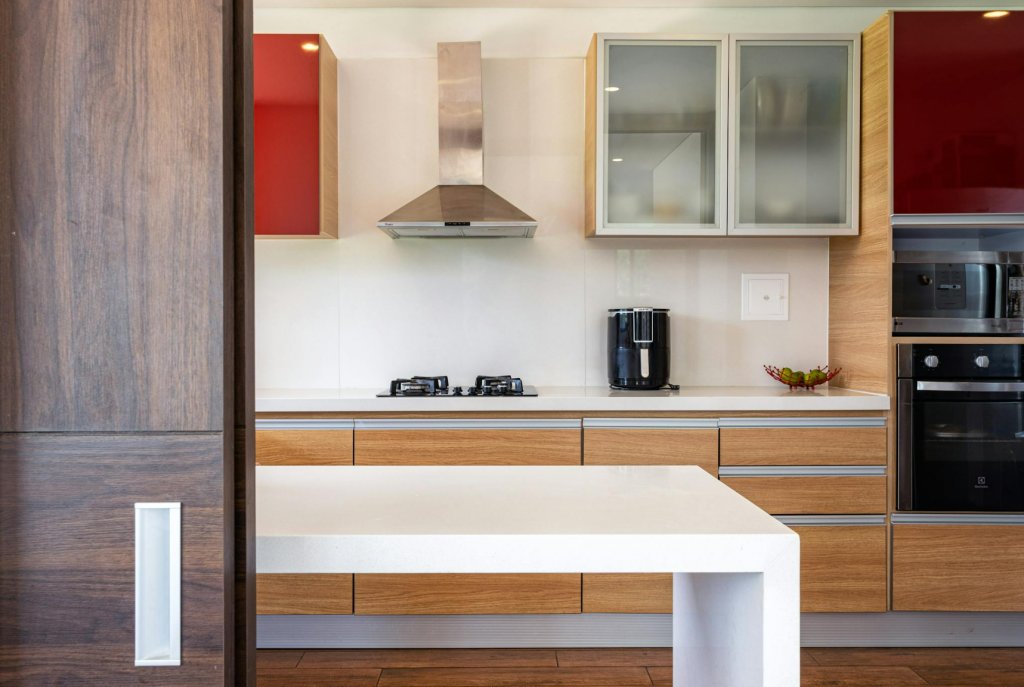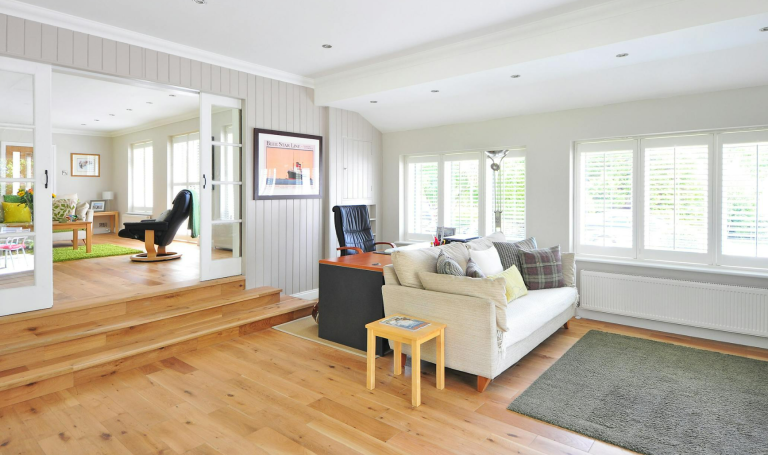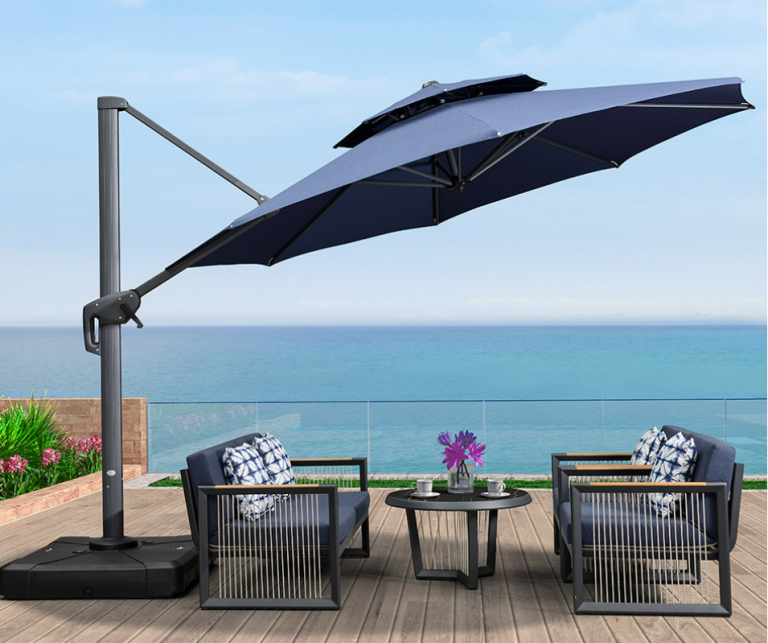

Kitchen Organization Guide: Making the Most of Small Spaces
Introduction: The Big Impact of Small-Space Strategies
Did you know 68% of urban dwellers cook in kitchens smaller than 50 sq ft? Yet, Tokyo apartments prove even 30 sq ft can be a culinary haven with smart organization. This guide unlocks pro techniques to transform cramped corners into hyper-efficient spaces where every inch works for you.
Why Small Kitchen Organization Matters
Cognitive Benefits
Clutter forces your brain to process 40% more visual stimuli, according to UCLA studies. A well-organized kitchen reduces decision fatigue—imagine grabbing a whisk without digging through a drawer avalanche.
Safety and Efficiency
Overstuffed kitchens cause 23% of home accidents. Strategic storage eliminates hazards like knife piles while cutting meal prep time by 35%.
Step 1: The Decluttering Mindset
The 80/20 Rule
Most cooks use just 20% of their tools daily. Start by removing duplicates (how many ladles does one need?) and expired spices—this alone frees 30% of space.
Step 2: Space-Savvy Layouts
Galley Kitchens
Ideal for narrow spaces, parallel counters create a streamlined workflow. Keep appliances on one side, prep zones on the other.
Work Triangle
Position fridge, sink, and stove in a 4-9 ft triangle. This NASA-tested layout minimizes steps—you’ll walk 1.5 miles less annually while cooking.
Step 3: Vertical Storage Revolution
Install floating shelves for daily-use items at eye level. Hang pots from ceiling racks to free cabinet space—one homeowner stored 12 pans in airspace previously wasted.
Step 4: Cabinet Alchemy
Lazy Susans
Rotating shelves in corner cabinets increase accessible storage by 200%. No more “lost” Tupperware graves.
Step 5: Multi-Functional Magic
Fold-down tables mounted to walls serve as both prep space and dining areas. One NYC apartment fits a four-seater dining nook that vanishes post-meals.
Tech Upgrades
- Smart shelves with weight sensors alert you when staples run low.
- Voice-controlled lighting (“Alexa, kitchen task mode”) adjusts brightness for chopping vs. dining.
Common Pitfalls
- Overbuying organizers: Measure twice, buy once.
- Ignoring “dead zones”: Toe-kick drawers add 5 sq ft of hidden storage.
Conclusion: Small Space, Big Possibilities
A tiny kitchen isn’t a limitation—it’s a design opportunity. By implementing these strategies, you’ll create a space that’s not just functional but joyful. After all, the best meals often come from the coziest kitchens.
FAQs
- Best layout for 40 sq ft?
L-shaped with a rolling island for flexible workspace. - How to childproof organized kitchens?
Magnetic locks on lower cabinets and soft-close drawers. - Most underrated storage spot?
Sides of cabinets—perfect for hanging measuring cups. - Cost to organize a small kitchen?
200−1,500 DIY; $3k+ for custom solutions. - Quickest win for clutter?
Clear countertop policy—store all but 3 most-used appliances






